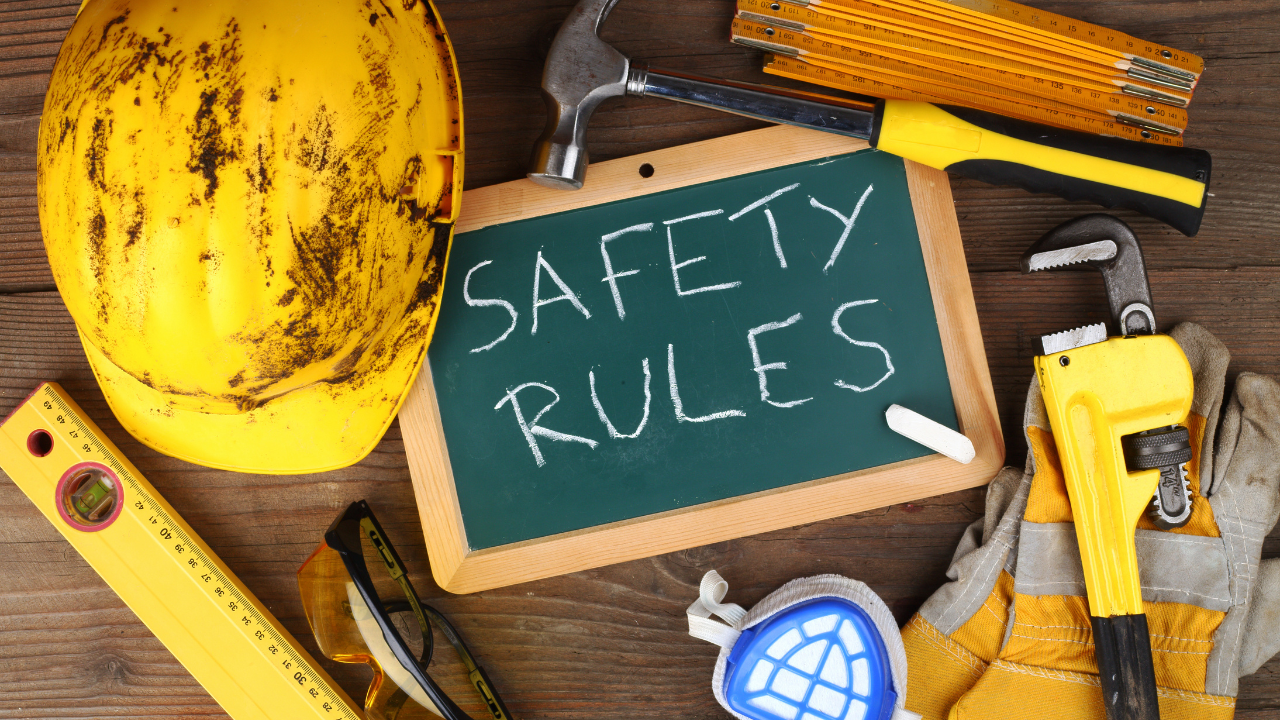



Simple Tips for Presenting Your Documents Professionally
When you apply for a college, a job, a scholarship, or even a visa, your documents speak for you. They show your education, skills, and identity. But it’s not just what’s written that matters — it’s also how you present those papers. That’s why learning the right tips for presenting your documents professionally is very important.
A clean, clear, and organized set of documents can leave a strong first impression. It shows that you are serious, careful, and ready. In this article, we’ll explain how to prepare your documents in a simple, neat, and professional way so that you stand out for the right reasons.
Why Document Presentation Matters
First, let’s understand why this is so important. Imagine a manager or officer looking at hundreds of files in a day. If your papers are messy, hard to read, or out of order, they may not even read them properly. But if your documents are clear and well-arranged, they can go through them quickly and easily — and they’ll remember you for your effort.
Good document presentation shows that you respect the process. Whether you’re applying for a college seat, a job interview, or a visa, showing that you took time to organize your paperwork shows responsibility and attention to detail.
Keep Everything Clean and Neat
One of the most basic tips for presenting your documents professionally is to keep them clean. Avoid papers with stains, folds, or torn edges. Always print on white, good-quality paper. If you’re sending physical copies, never submit dirty or damaged pages.
Before handing in your documents, check for any marks or smudges. Use a folder or document holder to keep your papers safe. Don’t fold them or roll them unless it’s required.
Use the Correct Order
Your documents should be arranged in the order requested. For example, many colleges or job offices ask for documents in this order: application form, ID proof, marksheets, certificates, and experience letters.
If no order is given, follow a common format: personal details first, followed by educational documents, then work or experience documents, and finally, extra certificates.
Adding a table of contents (a simple list at the beginning) can also help if your file is big. This helps the reader find what they need fast and easily.
Label Your Documents Clearly
Always label your documents so they are easy to understand. For example, on photocopies, write what the document is — like “10th Grade Marksheet” or “Passport Copy.” You can write small notes using sticky tabs or use dividers if you are submitting a large file.
Labelling is a small step, but it helps a lot, especially when someone is checking many files in a short time. It also shows that you know what each paper is and why it matters.
Avoid Using Too Many Colors or Designs
Some people try to make their documents “look better” by using fancy fonts or colorful designs. But this is not needed. In fact, it may look unprofessional.
One important tip for presenting your documents professionally is to keep it simple. Use standard fonts like Arial or Times New Roman, size 11 or 12. Stick to black text on white paper. Avoid using bright-colored papers, borders, or stickers unless it’s clearly asked.
Make Digital Documents Easy to Read
If you are sending documents online or uploading them on a website, make sure they are in PDF format. Avoid sending Word or image files unless asked.
Name your files clearly. Instead of "doc1.pdf" or "scan3.jpg", use names like “John_Doe_Marksheet.pdf” or “Resume_2025.pdf.” This helps the person reviewing your file know what each file is without even opening it.
Also, make sure your scanned copies are not blurry. Use a scanner or a good camera to take clear, straight pictures of each page.
Double-Check Before You Submit
Before you send or submit your documents, take one final look. Are all pages there? Are the details correct? Are names, dates, and signatures clear?
It’s also smart to ask a family member, teacher, or friend to check your documents. A second eye can catch small mistakes you might miss. This small step can help avoid big problems later.
Use a Simple Folder or File
When handing in printed documents, use a basic folder or file that keeps all your papers together. Avoid bulky folders or files with too many decorations. A simple plastic folder with transparent covers or a flat file is enough.
Do not staple too many papers together. Instead, use paper clips or punched files so that the reader can turn the pages easily. This makes your documents easy to handle.
Disclaimer:
The information provided in this article is intended for general guidance and educational purposes. Myedugoal encourages readers to ensure the accuracy and authenticity of their documents before submission. We do not guarantee the success of applications or processes based on the use of the tips shared here. Always check with official authorities or institutions for the most accurate and updated information. Myedugoal is not responsible for any decisions or outcomes resulting from the use of this content.
#trending #latest #myedugoal #documentpresentation #professionalpapers #studentadvice #jobapplications #collegeadmissions #papersuccess #documenttips #organizationmatters #studyguide #educationtips

University Internships That Help You Get a Job After Graduation... Read More.

Is It Smarter to Start at a Community College... Read More.
 Fake posts hit Czech PM Fiala's X
Fake posts hit Czech PM Fiala's X
Fake posts disrupt Czech PM Fiala's X account security
 Switzerland Tightens Export Rules
Switzerland Tightens Export Rules
Switzerland expands export controls on dual-use goods
 Google unveils Ironwood AI chip
Google unveils Ironwood AI chip
Google introduces Ironwood chip to accelerate AI tasks & apps
 TSMC Q1 revenue up 42%
TSMC Q1 revenue up 42%
TSMC sees 42% revenue surge in Q1, surpassing forecasts
 Amazon CEO Outlines AI Vision
Amazon CEO Outlines AI Vision
Amazon CEO reveals AI investment plans in new letter
 Osaka Hosts World Expo 2025
Osaka Hosts World Expo 2025
Japan blends tech and culture at Osaka Expo 2025 launch
 A16z Plans Big Bet on AI Startup
A16z Plans Big Bet on AI Startup
A16z may lead huge round in ex-OpenAI CTO’s new AI firm.
© MyEduGoal. All Rights Reserved. Design by markaziasolutions.com